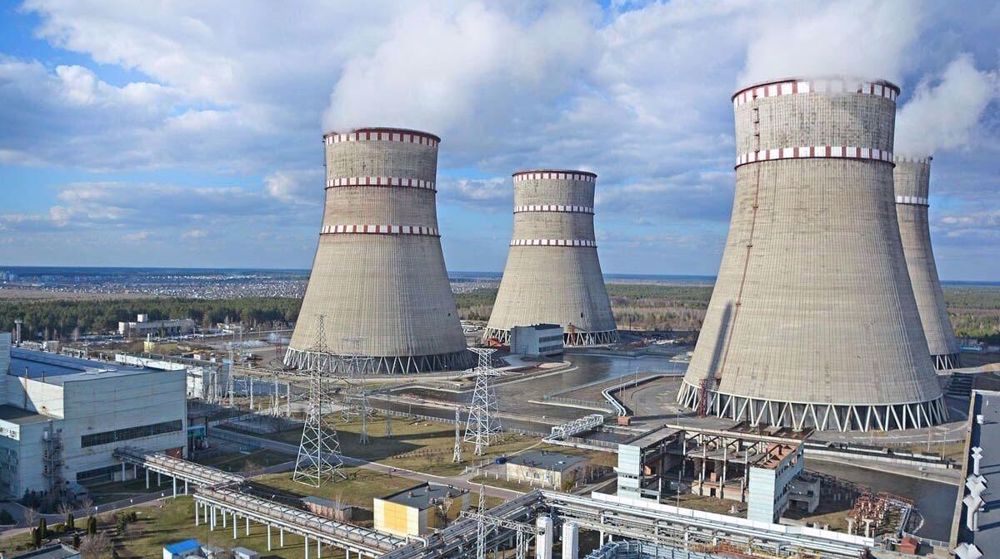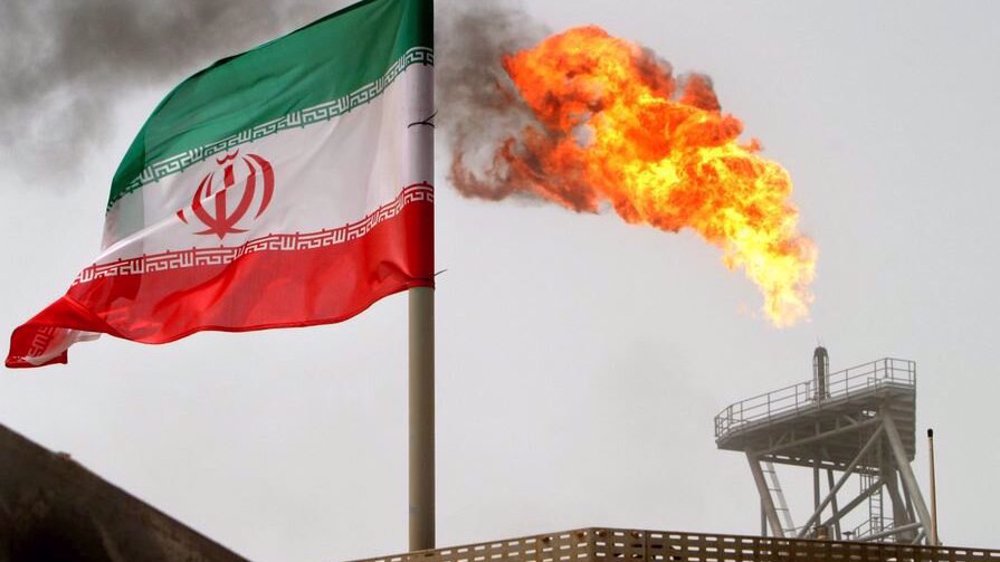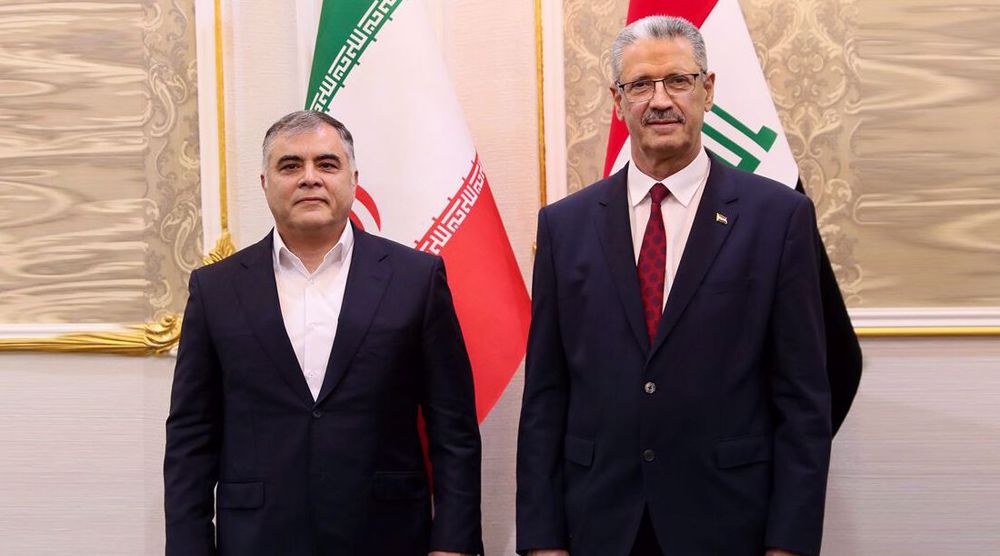Iran confident about strategic fuel as Trump looms
Iran looks confidently to the future when the operation of a new refinery on Saturday propels the country to its long-held goal of fuel self-sufficiency.
The inauguration of the second phase of Persian Gulf Star Refinery in Bandar Abbas comes as the specter of new US sanctions on Iran looms, with US President Donald Trump threatening to pull out of an international nuclear deal.
The US and Europeans made gasoline sanctions a central part of their arm-twisting of Iran in 2011 over the country’s nuclear program. Iran was the Persian Gulf region’s biggest gasoline buyer before world powers imposed the sanctions.
When those sanctions were lifted, the country needed to import about 20 percent more gasoline to meet pent-up demand in the first year, creating a market for some $1 billion in fuel sales from abroad.
According to figures from the Joint Organizations Data Initiative, Iran’s gasoline imports slumped to almost zero in 2012 from more than 100,000 barrels a day before 2010, putting the country under a lot of strain.
Now, the country is well placed to weather those pressures if the US leader chooses to chuck the Joint Comprehensive Plan of Action (JCPOA), as the nuclear deal is officially called.
That is thanks to Iran’s refineries expansion plans which are bearing fruit to make more fuel and putting the country on the threshold of producing a gasoline surplus.
Iran has been building a 360,000 barrel-a-day refinery called Persian Gulf Star that the National Iranian Oil Company (NIOC) says will make it a net exporter of gasoline.

It is the biggest condensate refining facility in the Middle East which converts light crude into gasoline and naphtha.
The flagship prime quality gasoline production project is now producing as much as 12 million liters of the strategic fuel every day, with the new phase expected to add another 10 million liters of capacity and raise Iran’s overall gasoline production to 90 million liters a day.
The final production capacity of the project is 36 million liters per day of “Euro 5” gasoline.
Persian Gulf Star Refinery is also producing 3.5 million liters per day of gas oil. Other daily products of the project after completion would be 4 million liters of liquefied petroleum gas and 3 million liters of jet fuel.
The new phase will double the refinery’s capacity to 240,000 barrels per day, with another 120,000 barrels of capacity remaining to be built in the third phase and necessary modifications to be made to meet its highest fuel-quality specifications known as Euro 5.

Iran’s thermal power output hit record in year to March

Iran’s oil output rose slightly in March, OPEC data show

Iran signs contract to convert Iraq’s flare gas into petchem feedstock
VIDEO | Rally against another Columbia student arrest held in New York
VIDEO | Press TV's news headlines
VIDEO | Tehran-Washington negotiations
VIDEO | Iran leads global push to define terrorism after 25 years of debate
US prepares to arm Israel with 1000s more bombs ahead of ‘vigorous expansion’ of Gaza war
Hamas: Surrender not an option; Netanyahu’s murders aimed at securing political future
VIDEO | Your children will return in coffins torn apart by Israeli missiles: Hamas to captives’ families
Hezbollah censures Israeli settlers’ storming of al-Aqsa Mosque







 This makes it easy to access the Press TV website
This makes it easy to access the Press TV website